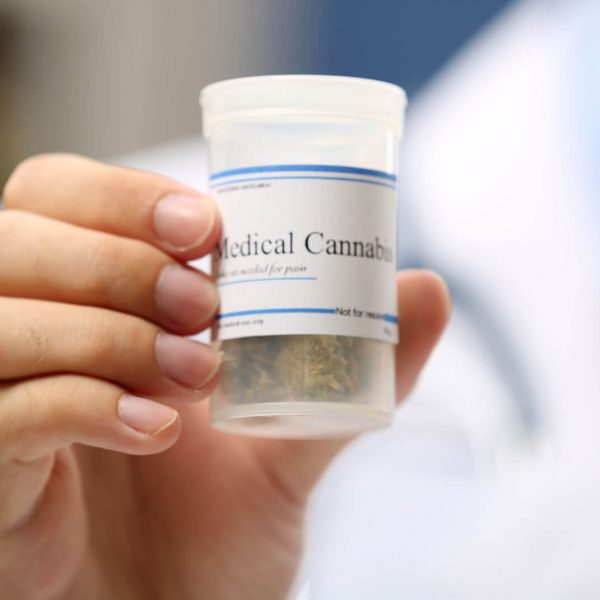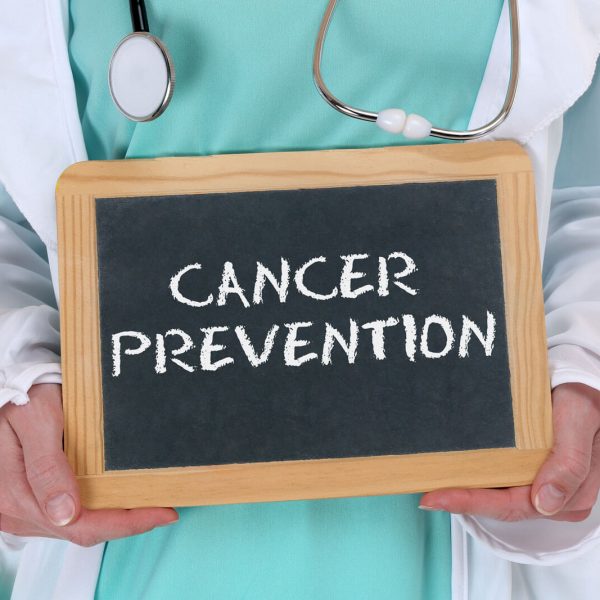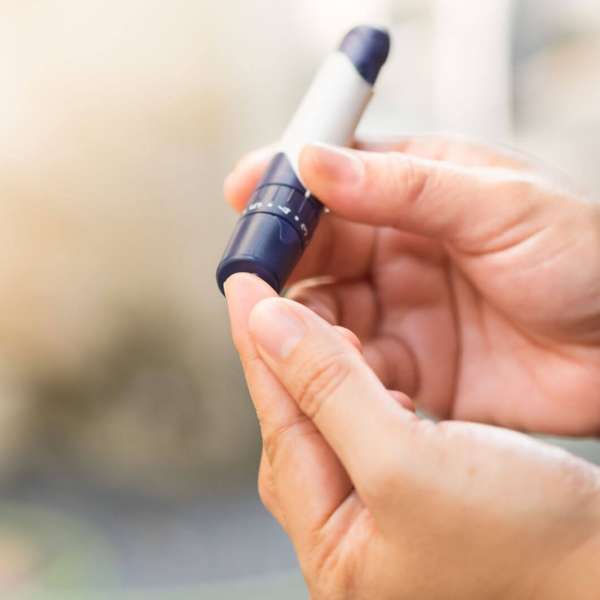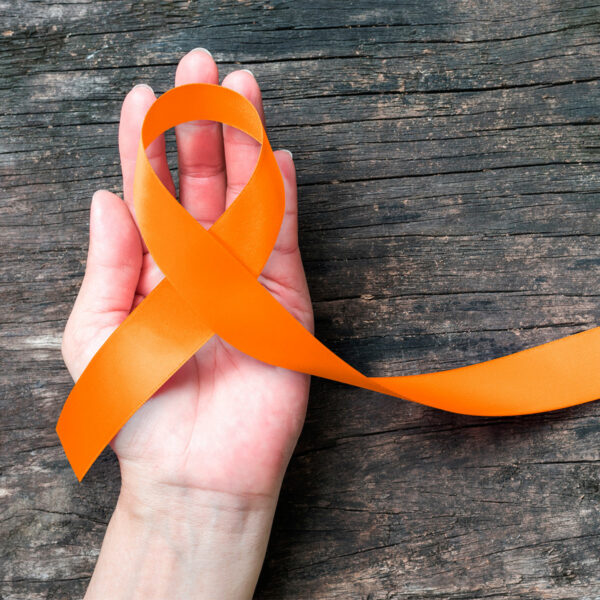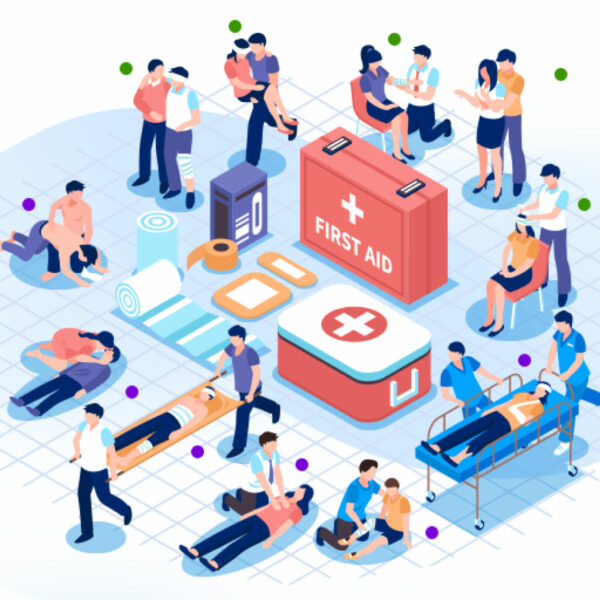June 27 is National HIV Testing Day, an annual celebration to encourage people to get tested for HIV. The Human Immunodeficiency Virus, better known as HIV, was detected 40 years ago. It is a virus that affects the immune system, which is what helps fight infections. If a patient acquires this virus, they will not have the ability to counteract many serious diseases.
Based on current estimates, the Centers for Disease Control and Prevention (CDC) reports that about 1.2 million people in the United States have HIV, including about 1 in 7 people who don’t know they have HIV. They got it. The CDC recommends that everyone between 13 and 64 get tested for HIV at least once as part of routine medical care. People at higher risk should be tested at least once a year.
For people with undiagnosed HIV, testing is the first step in maintaining a healthy life and reducing the spread of HIV. HIV will never leave the body. However, some medicines can help decrease symptoms, prevent the virus from spreading to an unborn baby, and help prevent additional infections in people with HIV. Starting treatment for an HIV infection before AIDS symptoms appear is much more effective, so getting tested as early as possible is essential. If you do, you can start treatment quickly and stay healthy for many years.
Difference Between HIV and AIDS
HIV stands for Human Immunodeficiency Virus. This is the virus as such, which can infect you. This virus causes AIDS, which stands for Acquired Immune Deficiency Syndrome; it is the disease caused by the virus. AIDS is the most severe phase of HIV infection. People with AIDS can have a high viral load and easily transmit HIV to others, and have severely damaged immune systems, making them highly vulnerable to contracting severe infections and illnesses.
Ways of contagion with the virus
- Through sexual relations (vaginal, anal, or oral) with a person who has HIV, both men and women.
- Contact with the blood of a person infected with HIV. It can happen when sharing syringes or needles, accidentally injecting yourself with a needle that contains someone else’s blood, or coming into contact with other bodily fluids that contain blood.
- From an HIV-infected mother to her baby during pregnancy, labor, delivery, or breastfeeding, or by sharing previously chewed food.
- Through blood or products derived from a blood transfusion, organ transplantation, or artificial insemination. This is rare because blood, sperm, tissue, and organ donations are now routinely screened for HIV.
The only way to know if you have HIV is to get tested. Knowing if you have it will help you make healthy choices.


